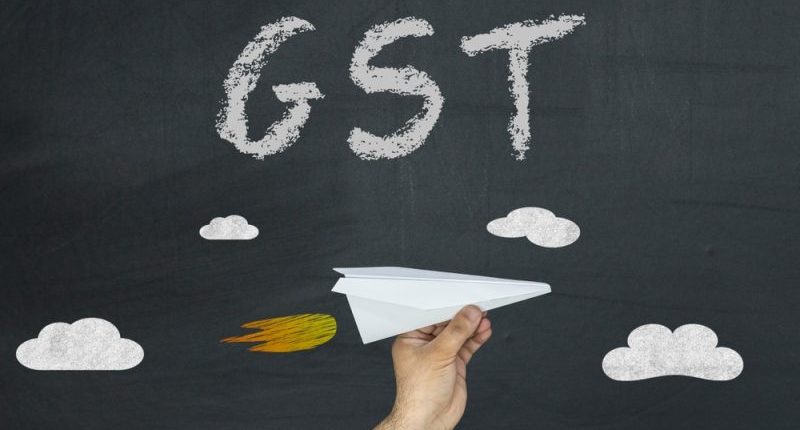The Revenue Secretary, Tarun Bajaj, stated that there are no funds to extend GST aid to states beyond June 2022. He pleaded that there would not be an extension of the GST revenue compensation mechanism due to the absence of resources. However, he said that the argumentation of GST revenues through improved compliance and rates structure would better the situation.
The GST compensation mechanism provides 14% annual revenue growth for states for five years, i.e. till June 2022. The designated cess funds fell short of the required level in FY21. There is a considerable shortfall seen in the current financial year as well. Thus, all states are hoping for an extension of the GST compensation scheme.
The revenue secretary stated that the cess proceeds till 31 March 2026 are required to finance the special loan facility for the shortfall in FY21 and FY22. He expressed that the Centre’s gross tax-to-GDP ratio would improve to 12% of GDP in the medium term, and tax buoyancy would be above 1% from the current financial year. The higher revenue for the Centre would boost devolution to states.
The GST Council set up two groups of state finance ministers when it met on 17 September 2021 in Lucknow. One group will consider the rationalisation of the GST rate structure. The other group will deal with technology and compliance issues. The formation of these two groups reflects the urgency felt by the council to aid revenues.
Various factors, including the trend towards formalisation and better compliance, are boosting the tax revenue growth. The revenue secretary stated that they have collected information about the taxpayers on likely income profiles based on sales and spending patterns and paying taxes back to them, thereby pushing them to pay the complete taxes voluntarily.
An expansion of the GST taxpayer base has helped to boost direct taxes. Since there is sharing of the GST information with the income tax department, it is tough for the taxpayers to evade or underpay taxes. Currently, there are around 1.3 crore GSTINs (Goods and Service Tax Identification Number) compared to 60 lakh in 2017 when the government launched GST.
There is an expectation that the gross tax collections would exceed the FY22 budget target of Rs.22.17 lakh crore. The gross tax revenue for the April-July period of this fiscal year increased 29% over the same period in FY20. There is an expectation that it will continue to grow throughout the year, and the gross tax collection will rise to Rs.25.93 lakh crore in FY22.
The increase in gross tax collection will boost the tax-to-GDP ratio to 11% in FY22 exceeding the budgeted level of 9.9%. The tax buoyancy will also shoot up to as high as 2.2% in FY22.
Though the government is unlikely to extend the GST compensation mechanism beyond June 2022, there is an expectation of an increase in revenue and tax-to-GDP ratio in FY22. The rise in the tax-to-GDP ratio and tax buoyancy will help generate higher revenue for the Centre, which would enhance devolution to states and aid state revenue growth.
Join our Telegram channel to keep getting updates on all things finance.
For any clarifications/feedback on the topic, please contact the writer at mayashree.acharya@cleartax.in

I am an Advocate by profession. I interpret laws and put them in simple words. I love to explore and try new things in life.





